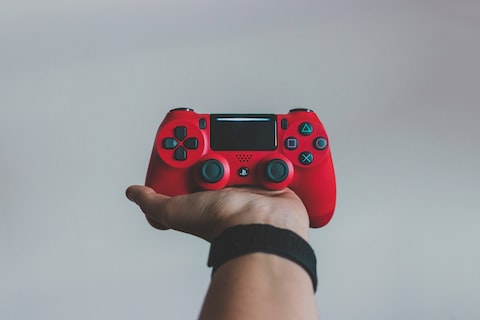In recent years, gamification has become a hot topic among individuals aged 10 to 35 who love gaming. It refers to the application of game elements and design principles to everyday activities, making them more engaging and enjoyable.
One of the key benefits of gamification is that it can make mundane tasks feel more like games, increasing motivation and productivity. For example, turning a fitness routine into a virtual adventure where users can earn points and unlock achievements for completing specific challenges.
Another popular use of gamification is in education. By incorporating gaming elements into the learning process, students are encouraged to actively participate and retain information more effectively. Educational apps and platforms often utilize game mechanics such as points, badges, and leaderboards to make the learning experience more interactive and fun.
Gamification has also found its way into the workplace, where it can be used as a tool for employee engagement and motivation. Companies have started implementing game-like mechanisms in their training programs and performance management systems to increase employee satisfaction and drive better results.
Furthermore, gamification has proven to be effective in promoting positive behavior and habits. Apps and devices that track personal goals and habits often use game-like features to motivate individuals to make positive changes in their daily routines.
In conclusion, gamification is transforming everyday activities into games, making them more enjoyable and engaging for individuals aged 10 to 35 who love gaming. The incorporation of gaming elements in various areas such as fitness, education, workplace, and personal development has proven to be highly effective in increasing motivation and productivity. As gamification continues to evolve, we can expect even more innovative ways to transform mundane tasks into fun and rewarding experiences.

